Disclosure: This article contains affiliate links. We may earn a commission from purchases at no extra cost to you, which helps our travel content.
The humid air clung to my skin as I stepped off the plane in Bissau, Guinea-Bissau's capital city. A place where most Americans never venture, yet here I was—solo, determined, and admittedly a bit nervous. After years of representing clients from West African nations and hearing their stories, I felt drawn to experience this region firsthand, beyond the headlines and stereotypes. Guinea-Bissau, with its complex colonial history, vibrant street life, and the mystical Bijagós Archipelago—a UNESCO Biosphere Reserve where matriarchal traditions still thrive—offered exactly the kind of immersive cultural education I seek in my travels. This two-week journey would challenge me in ways I hadn't anticipated, from navigating language barriers (Portuguese and Creole dominate here) to understanding complex local customs, but it would also reward me with some of the most authentic human connections I've experienced in my decade of global exploration.
Preparing for Guinea-Bissau: What You Need to Know
When I mentioned to colleagues at the public defender's office that I was planning a solo trip to Guinea-Bissau, I received looks ranging from confusion to concern. This small West African nation doesn't appear on many travel itineraries, which is precisely what intrigued me. But this off-the-beaten-path status means preparation is essential.
First, the visa process requires patience. I applied through the nearest consulate in New York, submitting my application six weeks before departure. You'll need an invitation letter, which I secured through my guesthouse in Bissau. The visa cost $100 and took three weeks to process—significantly longer than promised.
Health preparations are non-negotiable. Yellow fever vaccination is mandatory, and you'll need to carry your yellow card throughout your journey. I also took malaria prophylaxis (Malarone), as Guinea-Bissau has one of the highest malaria rates in West Africa. My travel clinic recommended typhoid, hepatitis A, and tetanus boosters as well.
Connectivity is limited, so I came prepared with a global SIM card that provided modest data coverage in Bissau but was essentially useless in the Bijagós. Download offline maps, translation apps, and any essential documents before arrival.
Currency is another consideration. Guinea-Bissau uses the West African CFA franc, which you cannot obtain outside the region. I brought euros (widely accepted) and a small amount of US dollars as backup. ATMs exist in Bissau but are unreliable, so I carried more cash than I typically would, distributed in various secure places among my belongings.
Finally, I invested in comprehensive travel insurance with emergency evacuation coverage, given the country's limited medical facilities. This isn't the place to skimp on insurance—medical emergencies here can quickly become complicated and extremely expensive.

💡 Pro Tips
- Apply for your visa at least 6-8 weeks before travel
- Carry your yellow fever vaccination card at all times
- Bring euros rather than US dollars for better exchange rates
- Purchase comprehensive travel insurance with medical evacuation coverage
- Learn basic Portuguese phrases—English is rarely spoken outside tourist establishments
Navigating Bissau: Finding Beauty in the Unexpected
Bissau hits you with sensory overload from the moment you arrive. The capital city of Guinea-Bissau isn't manicured for tourists—it's raw, real, and pulsing with life. My taxi from the airport weaved through streets where colonial Portuguese architecture crumbles alongside vibrant markets and impromptu soccer games.
I based myself at Residencial Coimbra in the city center, a modest but clean establishment with reliable electricity (via generator)—a genuine luxury in a city where power outages are daily occurrences. At $45 per night including breakfast, it provided excellent value and security.
My exploration began in Bissau Velho (Old Town), where the Portuguese colonial influence is most evident. The faded pastel buildings with their ornate balconies tell silent stories of the country's complicated past. The Presidential Palace, though not open to visitors, makes for impressive photos, especially in the golden afternoon light.
Bissau's heart is undoubtedly Bandim Market—a sprawling, chaotic maze where everything from fresh produce to traditional medicines is sold. As a solo female traveler, I felt it prudent to hire a local guide, Mamadou, who not only ensured my safety but provided cultural context I would have otherwise missed. He pointed out traditional fabrics used in animist ceremonies and explained how market hierarchy works among different ethnic groups.
For a deeper understanding of Guinea-Bissau's struggle for independence, the small but powerful National Ethnographic Museum provides context through its collection of artifacts and photographs documenting the liberation movement against Portuguese rule.
Evenings in Bissau offer simple pleasures. I often found myself at Café Império, where the Portuguese-influenced cuisine features excellent grilled fish and the ever-present caldeirada (fish stew). Here, I met a group of local teachers who invited me to visit their school the following day—an impromptu experience that became one of my trip highlights.
Moving around Bissau requires adaptation. Taxis are unmetered, so negotiation is essential (agree on prices before entering). For longer stays, consider renting a bicycle as I did from Casa Creole for $5 per day. The city is relatively flat, making cycling a practical option once you adjust to the traffic patterns—or lack thereof.
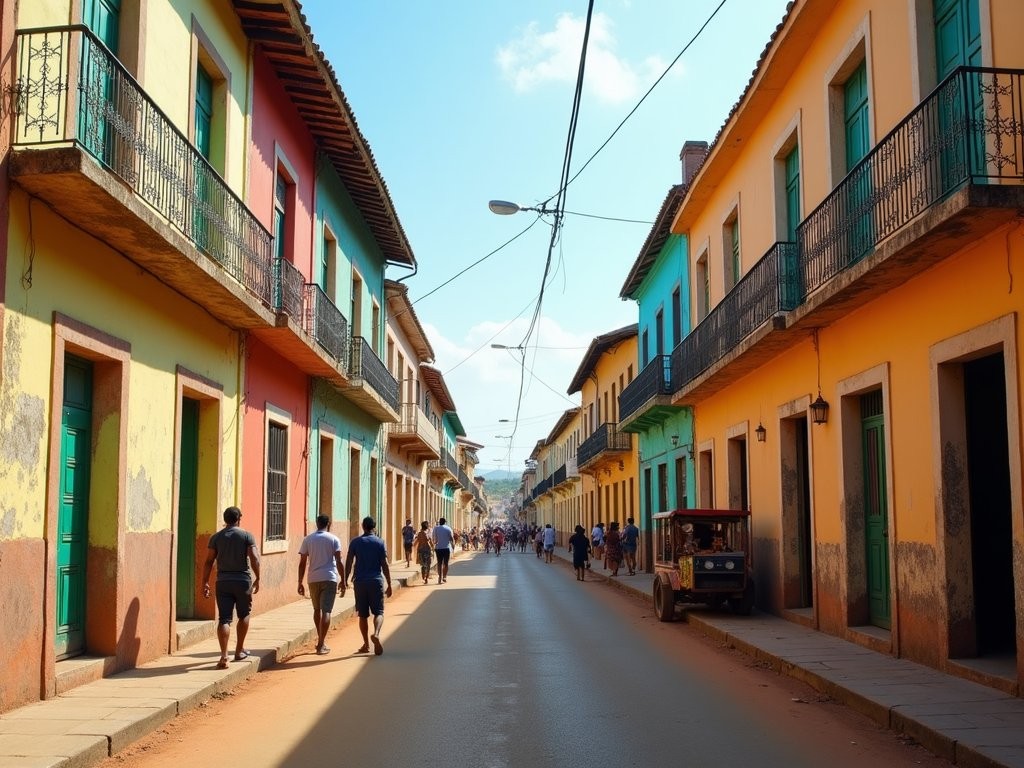
💡 Pro Tips
- Hire a local guide for Bandim Market to navigate safely and gain cultural insights
- Visit the National Ethnographic Museum early in your trip for historical context
- Negotiate taxi fares before getting in—expect to pay 2000-3000 CFA (about $3-5) for most in-city rides
- Carry a headlamp or flashlight for evening outings, as street lighting is minimal
- The Portuguese Cultural Center often hosts music performances—check their schedule for authentic cultural experiences
Cultural Immersion: Building Connections Beyond Language
Despite my preparation, the language barrier in Guinea-Bissau proved more challenging than anticipated. While Portuguese is the official language, Kriol (Creole) is widely spoken, with various ethnic groups maintaining their own languages. My rudimentary Portuguese often fell short, but this limitation led to some of my most meaningful exchanges.
I found that carrying a pocket phrasebook earned appreciative smiles from locals, who were generally patient with my linguistic struggles. When words failed, shared laughter became our common language.
One morning, I visited a women's cooperative in Bissau where traditional cloth is dyed using ancient techniques. Though we shared few words, Mariama, the group's leader, guided my hands through the process of creating batik patterns. By afternoon's end, I had a unique souvenir and a profound appreciation for this art form that has sustained families for generations.
Food became another avenue for cultural connection. At the recommendation of my guesthouse owner, I joined a cooking class in a family home where I learned to prepare caldo de mancarra (peanut stew) and jollof rice. My host, Fatima, explained how recipes reflect Guinea-Bissau's position at the crossroads of Portuguese influence and West African traditions.
Religion in Guinea-Bissau offers a fascinating study in syncretism. While Islam and Christianity are prevalent, many people incorporate animist practices into their faith. With appropriate permission, I attended a Sunday service where Christian hymns were sung in Kriol and traditional instruments accompanied the choir—a beautiful cultural fusion.
Perhaps my most profound cultural experience came through an unexpected invitation to a naming ceremony in a small community outside Bissau. As the only outsider present, I felt the weight of responsibility to observe respectfully. The elder who invited me explained each ritual's significance, from the symbolic foods to the ancestral invocations. These moments—where tourism falls away and genuine cultural exchange emerges—represent travel at its most meaningful.
When engaging with local communities, reciprocity matters. Rather than simply taking photos or experiences, I sought ways to give back, whether through fair payment for services, purchasing directly from artisans, or contributing to community initiatives. This approach not only feels ethically sound but enriches the travel experience immeasurably.
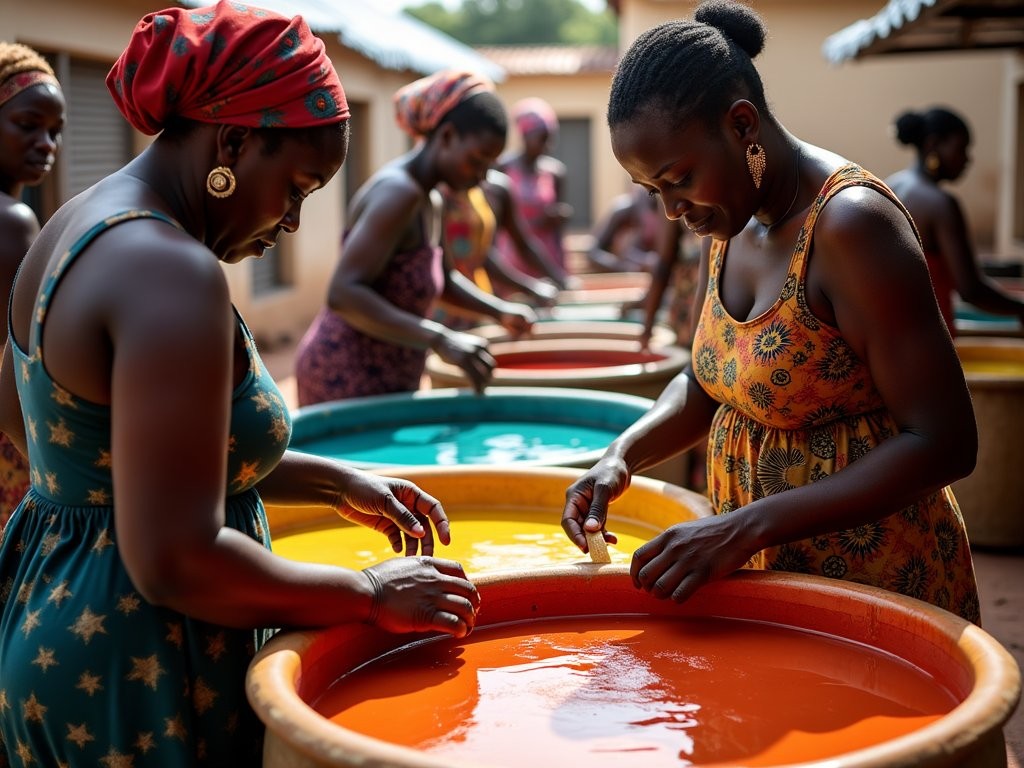
💡 Pro Tips
- Learn basic greetings in both Portuguese and Kriol
- Ask permission before photographing people or religious ceremonies
- Bring small gifts from your home country for hosts or guides (avoid candy for children)
- Dress modestly, particularly when visiting religious sites or rural communities
- Be present—put away your phone and engage fully in cultural experiences
Journey to the Sacred: The Bijagós Archipelago
The transition from Bissau's urban energy to the Bijagós Archipelago feels like traveling between worlds. This UNESCO-protected biosphere reserve comprises 88 islands, where traditional animist beliefs remain strong and some islands are considered so sacred that visitors must perform specific rituals before setting foot on them.
Reaching the Bijagós requires both planning and flexibility. I arranged boat transportation through my guesthouse in Bissau, departing from the chaotic port of Pidjiguiti. The journey to Bubaque, the archipelago's main island and my base for exploration, took nearly four hours on a wooden motorboat packed with supplies, locals, and the occasional chicken. I came prepared with a dry bag that proved essential as water splashed over the sides throughout the journey.
Accommodation options in the Bijagós are limited. I stayed at Ponta Anchaca, a simple eco-lodge with solar power and mosquito-netted beds. At $70 per night including meals, it wasn't cheap by West African standards, but the beachfront location and knowledgeable staff justified the cost. Advance booking is essential, especially during the November-April dry season.
The archipelago's matrilineal societies fascinated me from an anthropological perspective. On Orango Island, I met with a community where women control property rights and make key decisions about resource management. My guide, João, himself from the Bijagó ethnic group, explained how these traditions have helped preserve the islands' biodiversity by limiting exploitation of natural resources.
Wildlife viewing opportunities abound. The archipelago hosts one of West Africa's most significant populations of saltwater hippopotamuses, which I observed during a guided canoe excursion around Orango. Marine turtles nest on protected beaches, and the mangrove forests teem with diverse bird species. For serious wildlife enthusiasts, I recommend bringing a compact binoculars as the dense vegetation often requires magnification to spot animals.
The sacred forests of the Bijagós demand particular respect. On Carache Island, I was permitted to visit a sacred grove only after a local priestess performed a traditional ceremony seeking ancestral approval. These experiences aren't manufactured for tourists—they represent living spiritual traditions that have sustained these communities for centuries.
Navigating the cultural protocols of the Bijagós requires guidance. What might seem like simple actions—photographing certain trees, entering specific areas, or even fishing in particular waters—can violate deeply held beliefs. I hired local guides recommended by my lodge for each island visit, not only for practical navigation but for cultural interpretation.
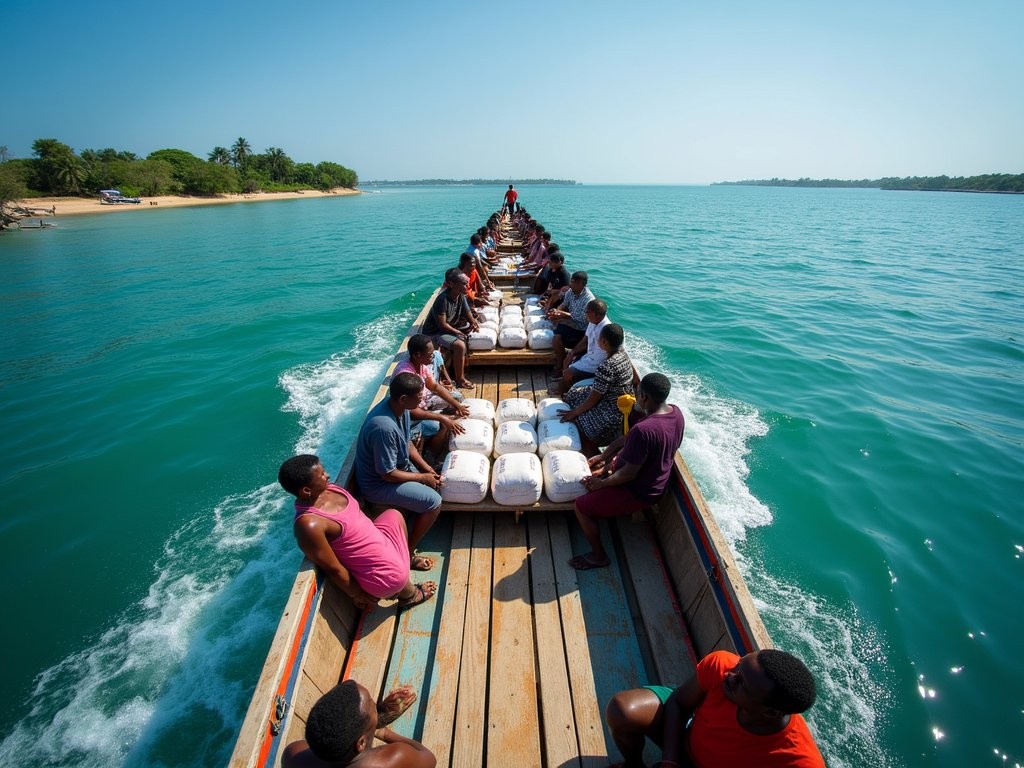
💡 Pro Tips
- Book boat transportation to the islands at least 3-4 days in advance
- Bring sufficient cash—there are no ATMs in the archipelago
- Pack seasickness medication even if you don't typically need it—the water crossing can be rough
- Always hire local guides when visiting different islands to ensure respect for cultural protocols
- The islands have minimal medical facilities—bring a comprehensive first aid kit
Solo Female Travel: Navigating Safety and Cultural Expectations
Traveling solo as a woman in Guinea-Bissau presents unique considerations that deserve honest discussion. Throughout my journey, I encountered both challenges and unexpected allies, leading to a nuanced perspective on female solo travel in this region.
In Bissau, I generally felt physically safe but highly visible. As one of few Western tourists—and even fewer solo female travelers—I attracted constant attention. While rarely threatening, this visibility became exhausting. I developed strategies to manage it: wearing a simple wedding band (though I'm not married), dressing conservatively in lightweight pants and loose tops that covered my shoulders, and projecting confidence even when I felt uncertain.
Accommodation security was paramount. I selected guesthouses with 24-hour reception and secure entry systems. My room at Residencial Coimbra had both deadbolt and chain locks, which I supplemented with a portable door lock for additional peace of mind, particularly useful in the Bijagós where door locks were more basic.
Transportation required careful planning. I avoided traveling after dark and used taxi drivers recommended by my accommodation rather than hailing vehicles on the street. When moving between islands in the Bijagós, I joined scheduled boat services rather than arranging private transportation, ensuring I wasn't alone with unfamiliar crew.
Cultural expectations regarding gender varied significantly between Bissau and the Bijagós. In the capital, where Islam is prevalent, I observed local women's dress and behavior, adapting accordingly. In the Bijagós, where matrilineal traditions endure, women enjoy higher status, but visitors are still expected to respect specific cultural protocols regardless of gender.
My professional background as a public defender proved unexpectedly valuable. The ability to read situations, maintain composure under pressure, and negotiate firmly but respectfully—skills honed in courtrooms—served me well in travel contexts. When a taxi driver attempted to dramatically increase an agreed fare, or when market vendors initially quoted inflated prices, I found that calm persistence usually led to fair outcomes.
Despite necessary precautions, my experience was overwhelmingly positive. Local women often became protective allies, offering guidance, company, and cultural insights. In the Bijagós, elderly women approached me with curious questions about my solo journey, sharing their own wisdom in return. These connections across cultural and generational lines became the heart of my experience.
While Guinea-Bissau requires vigilance from solo female travelers, the rewards—authentic cultural exchange, freedom to engage on your own terms, and the confidence that comes from successful navigation of challenging environments—make it worth considering for experienced travelers.

💡 Pro Tips
- Trust your intuition—if a situation feels wrong, remove yourself immediately
- Connect with local women whenever possible—they often provide the best safety advice
- Share your itinerary with someone at home and check in regularly
- Carry a charged power bank and backup phone at all times
- Consider a GPS tracker that works without cell service for remote areas like the Bijagós
Sustainable Tourism in a Fragile Ecosystem
Guinea-Bissau stands at a crossroads regarding tourism development. With minimal infrastructure but extraordinary cultural and ecological assets, the country has the opportunity to develop tourism thoughtfully—or to repeat mistakes seen elsewhere in developing destinations.
The Bijagós Archipelago, in particular, faces mounting pressures. Designated as a UNESCO Biosphere Reserve, these islands host remarkable biodiversity, including endangered marine turtles, rare saltwater hippos, and extensive mangrove forests that serve as critical carbon sinks. Yet illegal fishing, development interests, and even well-intentioned but poorly managed tourism threaten this delicate balance.
As visitors, our choices matter. I researched accommodations committed to sustainability, ultimately selecting those employing local staff, using renewable energy, and implementing waste management systems. Ponta Anchaca on Bubaque Island impressed me with their solar power system, rainwater collection, and commitment to hiring and training staff from surrounding communities.
Waste management presents particular challenges in Guinea-Bissau, where formal recycling infrastructure is virtually non-existent. I traveled with a reusable water bottle that filters pathogens and microplastics, eliminating the need for bottled water. This single choice prevented dozens of plastic bottles from potentially ending up in the ocean.
Respecting wildlife means following specific protocols. When observing hippos in the Orango lagoons, our guide maintained appropriate distances and limited our time to minimize disturbance. During turtle nesting season (November-February), beaches with active nests are often closed entirely. These restrictions may limit photo opportunities but are essential for species protection.
Economic sustainability proves equally important. I sought opportunities to support local enterprises directly—staying in locally-owned accommodations, hiring community guides, purchasing handicrafts from artisans rather than middlemen, and eating at family-run establishments. In the village of Bruce on Bubaque Island, I visited a women's cooperative making cashew wine, purchasing directly from producers to ensure fair compensation.
Cultural sustainability requires particular sensitivity in the Bijagós, where traditional animist practices remain central to island life. Some ceremonies are closed to outsiders entirely, while others welcome respectful visitors who follow specific protocols. I declined opportunities to witness certain rituals when I learned my presence might be intrusive, prioritizing preservation of authentic practices over my own experience.
As Guinea-Bissau gradually opens to more international visitors, travelers have the responsibility to advocate for sustainable development that benefits local communities while preserving the natural and cultural heritage that makes this destination so extraordinary.
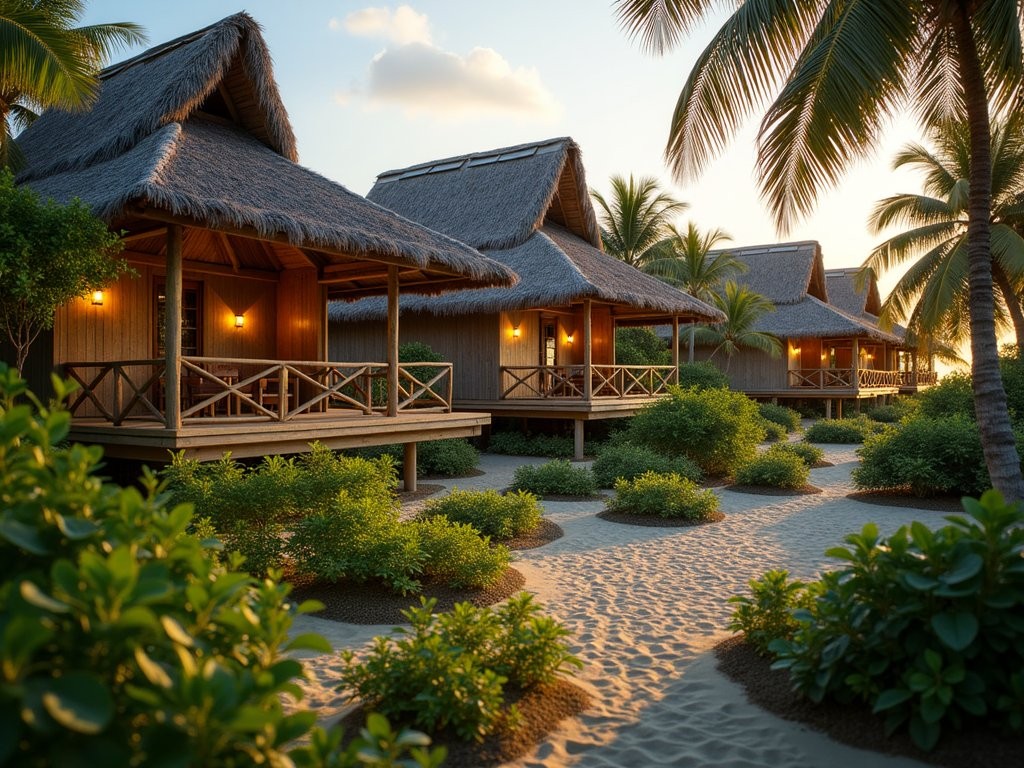
💡 Pro Tips
- Choose accommodations with clear environmental practices like solar power and water conservation
- Pack biodegradable soap and shampoo for areas with limited waste treatment
- Support community-based tourism initiatives that directly benefit local populations
- Respect no-go zones and seasonal restrictions for wildlife protection
- Ask permission before photographing cultural ceremonies or sacred sites
Final Thoughts
As my boat pulled away from the Bijagós, returning me to mainland Guinea-Bissau for my flight home, I felt the weight of privilege that allowed me to visit these sacred spaces as a temporary guest. Guinea-Bissau challenged me in expected ways—language barriers, infrastructure limitations, cultural complexities—but also in profound personal dimensions, forcing me to examine my own assumptions and adaptability.
This isn't a destination for travelers seeking comfort or convenience. It demands patience, cultural sensitivity, and a willingness to embrace uncertainty. Yet for those prepared to meet Guinea-Bissau on its own terms, the rewards are extraordinary: genuine human connections, ecological wonders largely untouched by mass tourism, and cultural traditions that have resisted homogenization in our increasingly globalized world.
Whether navigating Bissau's colonial history or witnessing the matrilineal societies of the Bijagós, this journey reminded me why I travel solo—to learn, to grow, and to return home with not just photographs but expanded perspective. If you're an experienced traveler seeking authentic West Africa beyond the more established destinations, Guinea-Bissau awaits—complex, challenging, and utterly unforgettable.
✨ Key Takeaways
- Guinea-Bissau requires thorough preparation but rewards travelers with authentic cultural experiences rarely found elsewhere
- The Bijagós Archipelago offers a unique combination of sacred cultural traditions and remarkable biodiversity
- Solo female travel is challenging but feasible with appropriate precautions and cultural sensitivity
- Sustainable tourism practices are essential to preserving both the cultural heritage and ecological systems of this fragile region
- Building genuine connections with local communities creates the most meaningful travel experiences
📋 Practical Information
Best Time to Visit
November through April (dry season)
Budget Estimate
$80-120 per day including accommodation, food, transportation and activities
Recommended Duration
Minimum 10 days (4 days Bissau, 6 days Bijagós)
Difficulty Level
Challenging
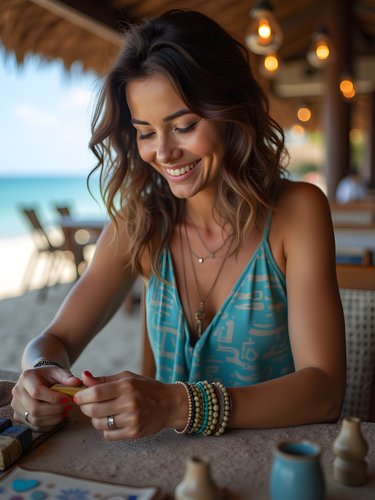
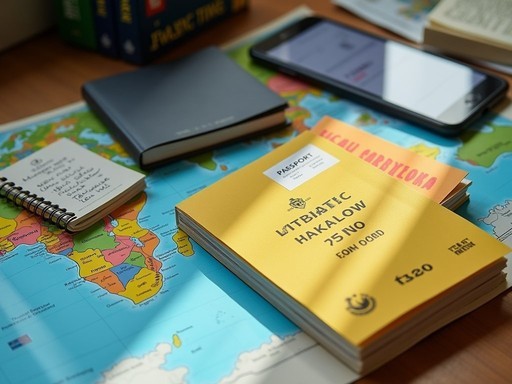

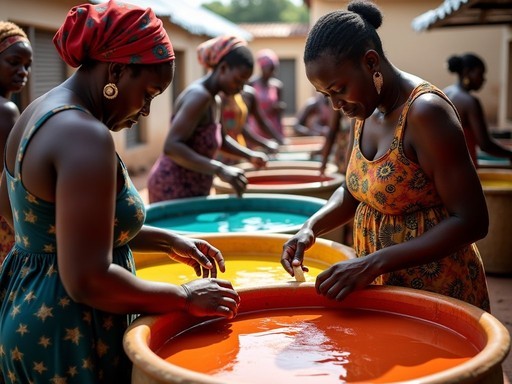

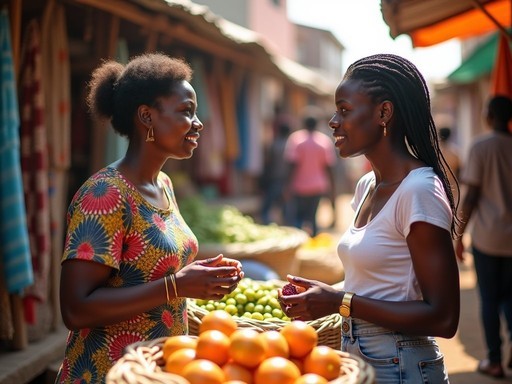



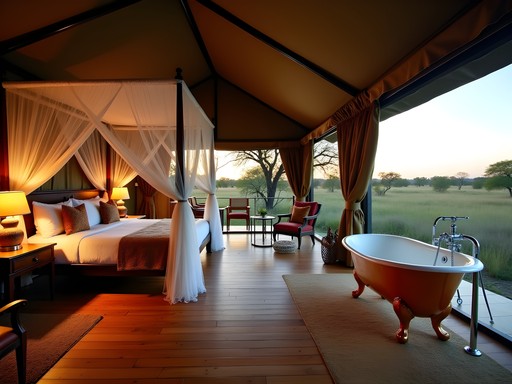
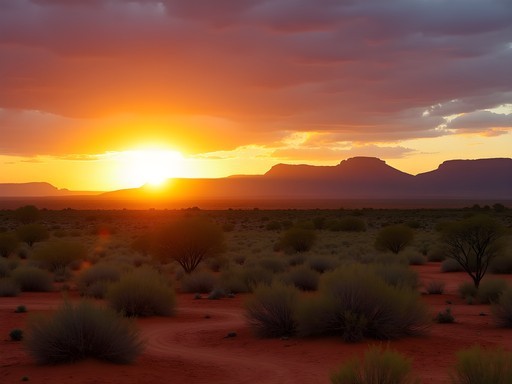



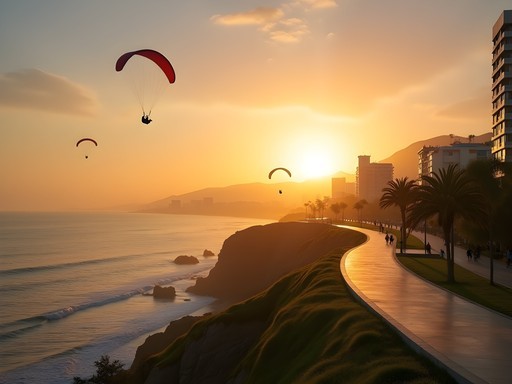

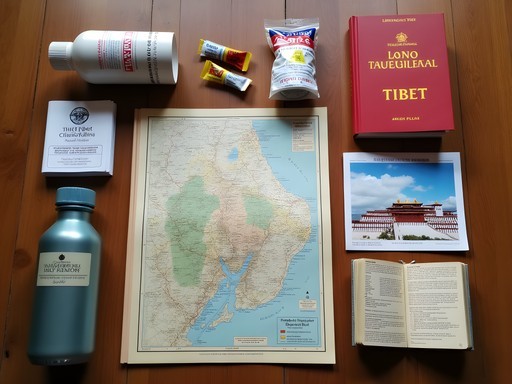
Comments
OffTheBeatenTrack
I visited Guinea-Bissau last year and can confirm everything Savannah wrote! One tip for anyone planning to go: learn some Portuguese phrases as English isn't widely spoken outside tourist areas. The currency situation was tricky - many places in Bissau accepted euros but on the islands it was CFA francs only. The sacred forests on Carache island were my highlight - did you visit those, Savannah? Also, the seafood... I'm still dreaming about those grilled prawns from that little beach restaurant on Bubaque!
Savannah Torres
Great tips on the currency! I didn't make it to Carache unfortunately - sounds like I missed out. And yes, that seafood was INCREDIBLE. Did you try the octopus too?
OffTheBeatenTrack
The octopus was amazing! So fresh. If you go back, definitely try to visit Carache - much less touristy than Bubaque but the sacred forests there are truly special.
skyvibes
This looks amazing! How safe did you feel as a solo female traveler? Been wanting to visit West Africa but nervous about going alone.
Savannah Torres
I felt surprisingly safe in most areas! Bissau has the normal big city precautions, but the Bijagós felt very secure. Just research thoroughly, connect with guesthouses in advance, and trust your instincts. Happy to share more specific safety tips if you DM me!
skyvibes
That's so reassuring, thanks! Will definitely reach out before I plan my trip.
Frank Garcia
Brilliant piece on Guinea-Bissau, Savannah! Your analysis of navigating Bissau as a solo traveler is particularly insightful. I spent three weeks in West Africa last year but skipped G-B due to limited information. Your breakdown of transportation options and cultural protocols in the Bijagós is exactly what travelers need. One question: how did you handle the language barrier beyond Portuguese? Did you find English speakers in the archipelago or rely on a guide? The sacred aspects of the islands you described make me regret not including them in my itinerary.
Savannah Torres
Thanks Frank! Language was definitely challenging. I knew basic Portuguese phrases but hired a local guide in Bissau who spoke English and Kriol. On the islands, my guide translated, but I also used a phrase book which had Kriol basics. Honestly, smiles and gestures went a long way too!
Frank Garcia
That's helpful to know. I've found the same in other parts of West Africa - a good guide makes all the difference. Adding the Bijagós to my list for next year!
AdventureAwaits
Your photos of the Bijagós are stunning! What camera did you use?
Savannah Torres
Thanks! Just my smartphone actually - Google Pixel 7 Pro. The light there is so beautiful it does most of the work!
WorldExplorer
Going to West Africa next month but hadn't considered Guinea-Bissau. How difficult was the visa process?
Savannah Torres
It was surprisingly straightforward! I got mine through the embassy in Dakar (I was in Senegal first). Took about 3 days. Bring extra passport photos and be prepared to pay in cash.
TravelDreamer92
Adding this to my bucket list immediately! Those beaches look unreal!
coolguy
did you have trouble with the language barrier? my portuguese is nonexistent lol
Savannah Torres
It was definitely challenging! Portuguese helps but many locals speak Creole. I relied on Google Translate offline and basic gestures. In tourist areas and hotels, you can usually find someone with some English. Locals really appreciated when I tried even a few words in Portuguese though!
coolguy
cool thx! gonna download some language apps before i go
Kimberly Murphy
Savannah, this brought back so many memories of my trip there in 2023! The Bijagós are truly magical - I still remember the initiation ceremonies I was lucky enough to witness on Bubaque. Did you make it to Orango to see the saltwater hippos? That was a highlight for me, though the boat journey was quite the adventure! I found my waterproof bag absolutely essential for those island-hopping boat trips. Your description of navigating Bissau's markets is spot on - it's chaotic but exhilarating!
Savannah Torres
Kim! I didn't know you'd been there too! Yes, I made it to Orango - those hippos were incredible. Wasn't prepared for how rough those boat journeys would be though! Did you try the cashew wine while you were there?
Kimberly Murphy
The cashew wine! Oh my goodness, yes - quite potent stuff! I actually loved it after the initial shock. Those boat journeys were something else... I remember clinging to my seat during a sudden rainstorm between islands!
freezone
This looks incredible! How safe did you feel as a solo female traveler? Guinea-Bissau is definitely not on most people's radar but your photos are making me reconsider my next trip!
Savannah Torres
Thanks freezone! I felt surprisingly safe in most areas, especially in the Bijagós. Bissau requires standard city awareness like anywhere else. The locals were incredibly protective of tourists. Just avoid walking alone at night in the capital.
freezone
That's reassuring! Did you arrange your Bijagós trip beforehand or when you arrived?
Savannah Torres
I booked through a local guide I met in Bissau - much cheaper than pre-booking online! Happy to share their contact if you're serious about going.
Taylor Moreau
Fascinating read, Savannah. I visited Guinea-Bissau briefly last year on business and completely missed the Bijagós. Your description of the matriarchal society there is intriguing. I found the colonial architecture in Bissau quite striking despite its deterioration - did you visit the old Portuguese quarter? The contrast between that and the vibrant markets really captures the country's complex history. I used my portable water filter constantly there, as finding bottled water outside the capital was challenging. Looking forward to returning with a more cultural focus next time.
Savannah Torres
Yes! The Portuguese quarter was fascinating - those crumbling colonial buildings tell such stories. And good call on the water filter. The Bijagós are definitely worth a return trip if you get the chance.
Venture X
Premium card with 2X miles, $300 travel credit, Priority Pass